by Nicholas Feb 20,2025
The Nvidia GeForce RTX 5090: A Leap Forward, But For Whom?
Nvidia's latest flagship, the RTX 5090, promises a generational leap in PC gaming. However, the reality is more nuanced than a simple generational upgrade. While raw power is undeniably increased, the performance gains over the RTX 4090 are less dramatic than anticipated in many titles, especially without DLSS Frame Generation. The true next-gen experience lies in the advancements of DLSS, specifically DLSS 4 and its Multi-Frame Generation.
The upgrade's value hinges on your gaming setup and tolerance for AI-generated frames. For users with displays below 4K 240Hz, the upgrade is likely unnecessary. However, for high-end display owners, the AI-generated frames offer a glimpse into the future of gaming performance.
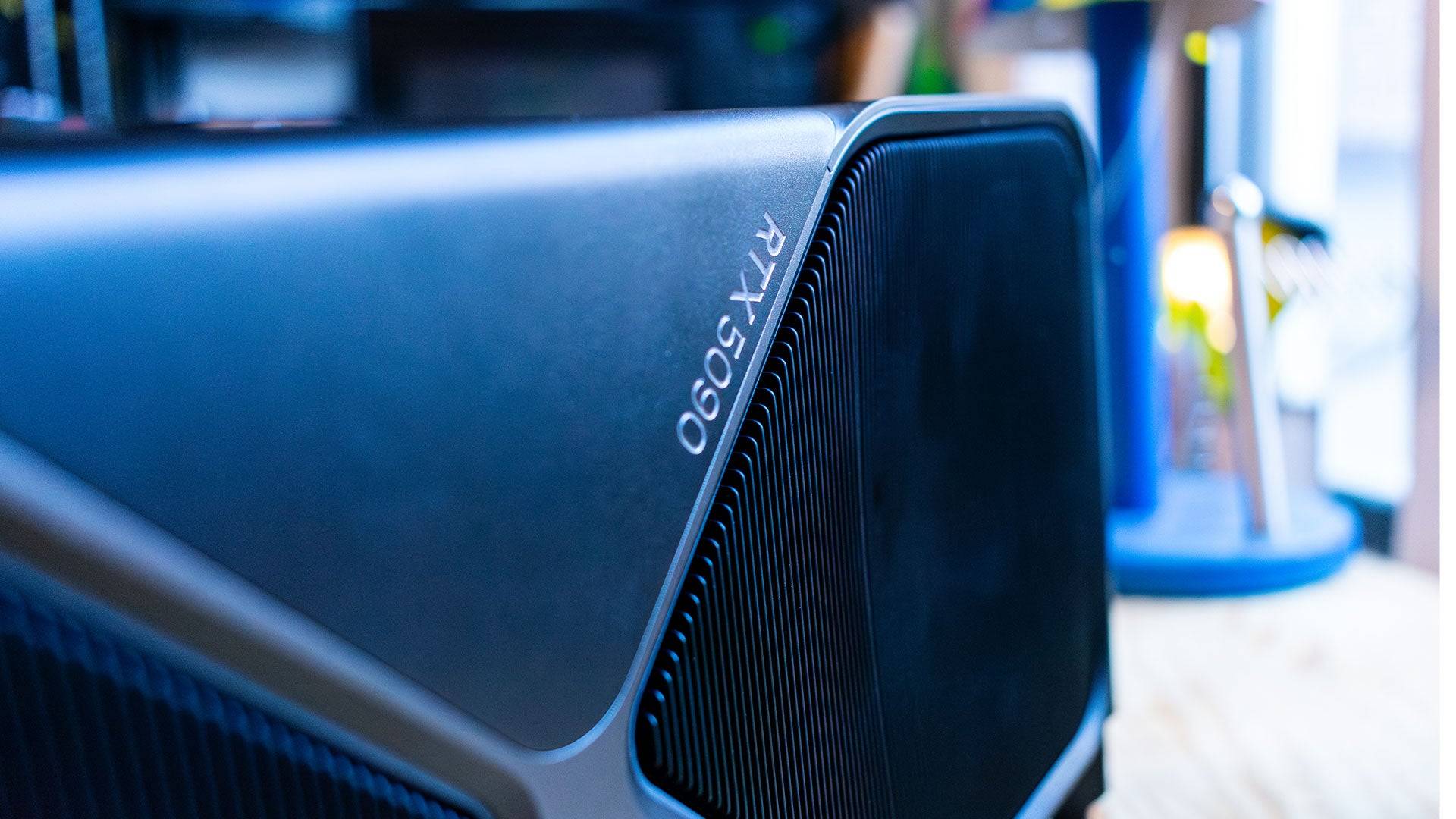
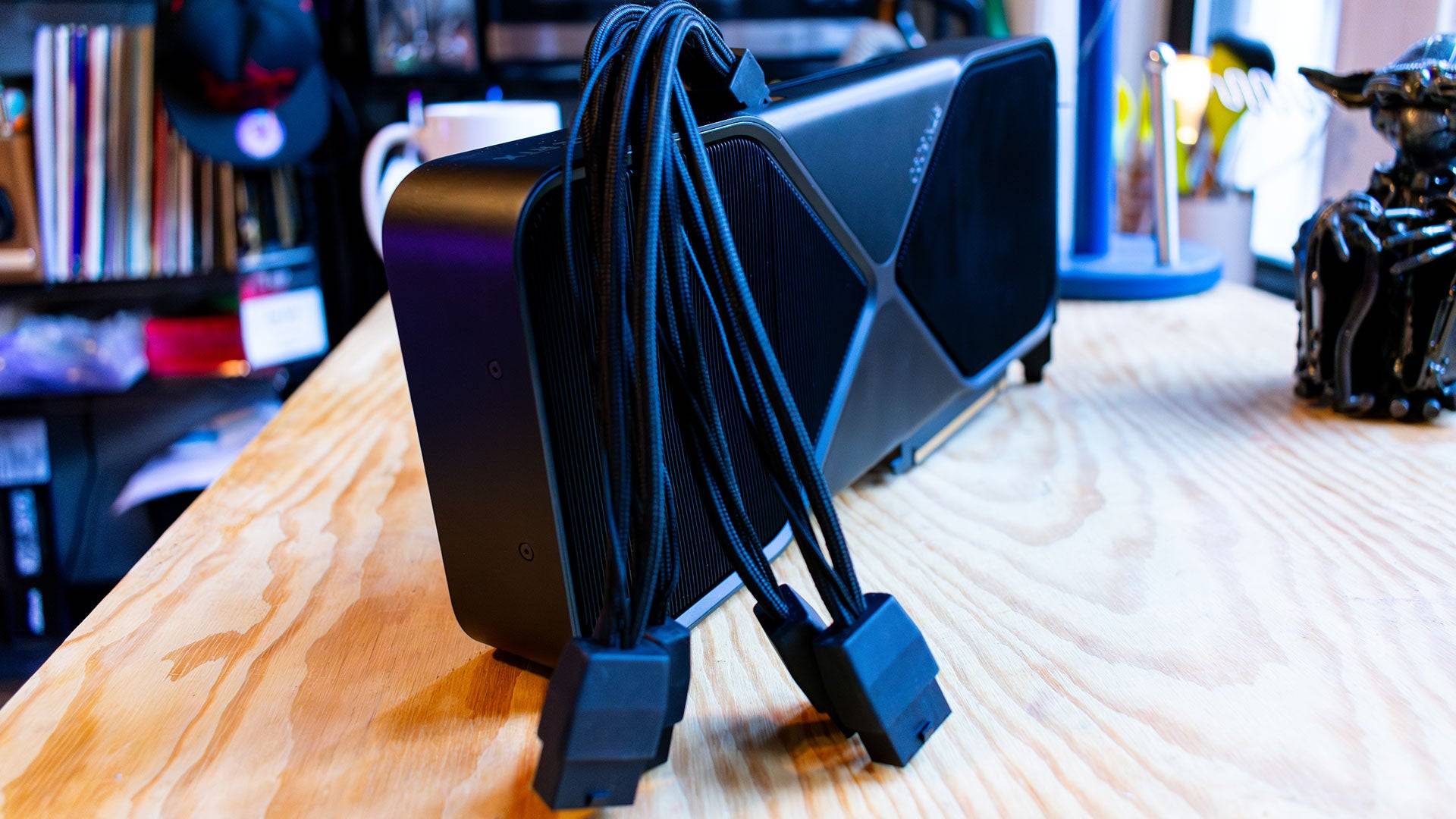 5 Images
5 Images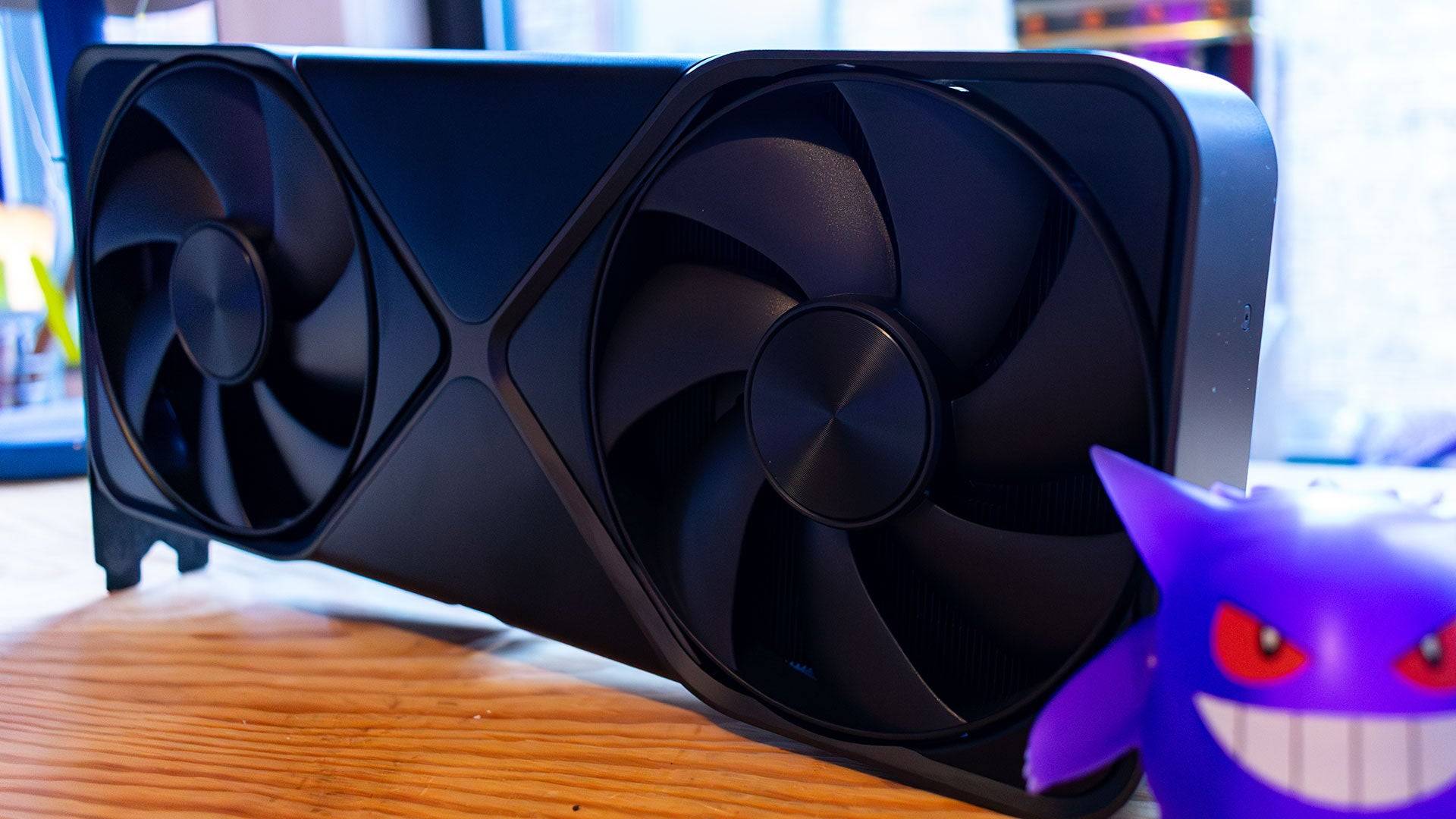
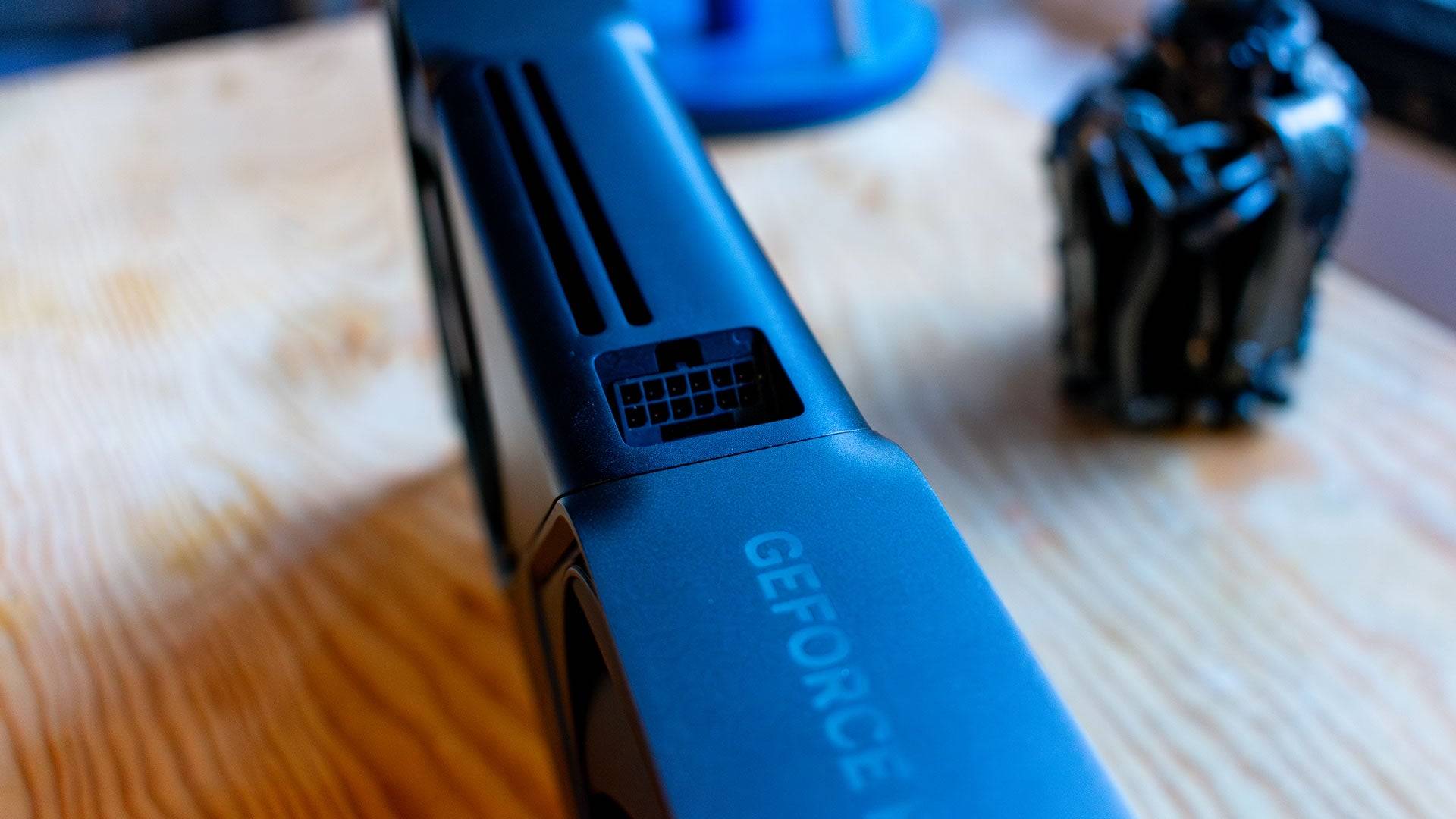
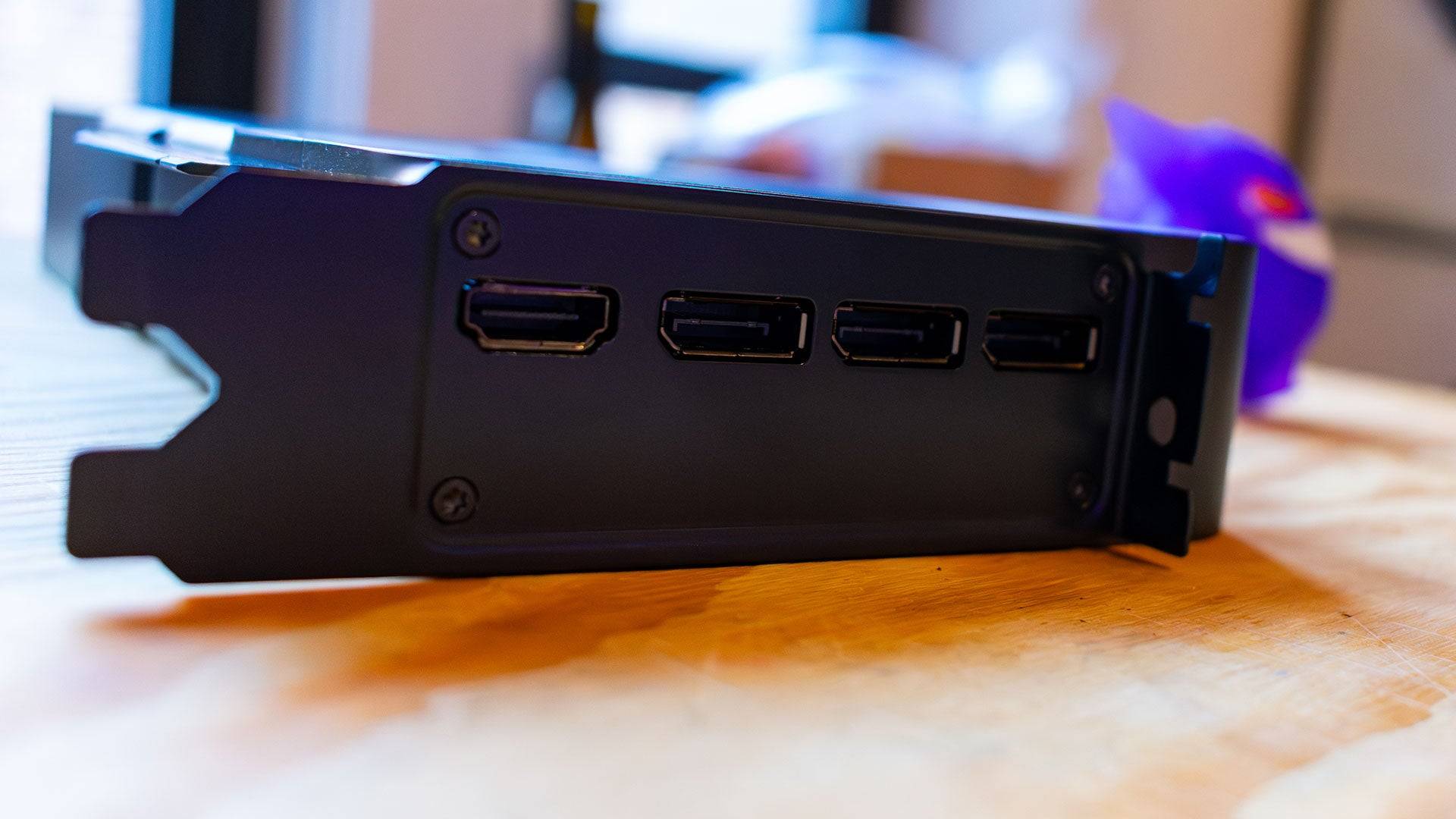
Built on Blackwell architecture, the RTX 5090 boasts a significant increase in CUDA cores (21,760 vs. 16,384 on the RTX 4090), resulting in a 32% boost in shader cores. This, along with increased Tensor Cores (680 vs. 512) and RT Cores (170 vs. 128), contributes to raw performance gains. The 5th-generation Tensor Cores support FP4 operations, reducing VRAM dependency in AI workloads.
The card features 32GB of GDDR7 VRAM, a generational upgrade offering improved speed and power efficiency compared to the RTX 4090's GDDR6X. However, its 575W power consumption (a substantial increase over the RTX 4090) highlights that power efficiency isn't a primary design focus.
DLSS 4's shift to a Transformer Neural Network (TNN) from a Convolutional Neural Network (CNN) aims to enhance image quality and reduce artifacts. Multi-Frame Generation, an evolution of DLSS 3's Frame Generation, generates multiple frames from a single rendered image, drastically improving frame rates but requiring a solid baseline FPS for optimal results.
The RTX 5090 launched January 30th, starting at $1,999 for the Founders Edition. Third-party models will likely command higher prices.
Despite its 575W power draw, the Founders Edition surprisingly adopts a dual-slot design. Nvidia achieved this by optimizing the PCB placement and cooling solution, resulting in peak temperatures around 86°C even under heavy load. The dual-fan configuration draws air from the bottom and expels it through the top, eliminating rear exhaust vents.
The design aesthetic remains consistent with previous generations, featuring a silver 'X' design and a GeForce RTX logo with white LEDs. A new, angled 12V-2x6 power connector (with a provided 4x 8-pin adapter) aims for improved efficiency and ease of connection.
While the RTX 5090 delivers a performance boost, DLSS 4's Multi-Frame Generation is a key differentiator. A new AI Management Processor (AMP) core efficiently manages GPU workload distribution, enabling a 40% faster frame generation model using 30% less memory. The AMP's Flip Metering algorithm minimizes input lag. This technology shines with high-refresh-rate, high-resolution displays, though it requires a decent baseline frame rate to avoid latency issues.
Initial testing in Cyberpunk 2077 and Star Wars Outlaws showcased impressive frame rate increases with DLSS 4 enabled, exceeding the capabilities of many displays. While potential issues in other titles remain to be seen, early results are promising.
Benchmarking revealed mixed results. 3DMark showed a substantial performance uplift over the RTX 4090 (up to 42%). However, in many games, a CPU bottleneck limited the performance gains, particularly at 4K. For users with high-end GPUs, the upgrade's value is questionable in current game titles.
The following table summarizes benchmark results (DLSS 4 disabled unless noted):
| Game | Resolution | RTX 5090 FPS | RTX 4090 FPS | RTX 3090 FPS |
|---|---|---|---|---|
| 3DMark Speed Way | N/A | 14,399 | 10,130 | 5,619 |
| 3DMark Port Royal | N/A | 36,946 | 25,997 | 13,738 |
| Call of Duty Black Ops 6 | 4K | 161 | 146 | 91 |
| Cyberpunk 2077 | 4K | 125 | 112 | N/A |
| Metro Exodus Enhanced | 4K | 95 | 76 | 44 |
| Red Dead Redemption 2 | 4K | 167 | 151 | 92 |
| Total War: Warhammer 3 | 4K | 147 | 107 | N/A |
| Assassin's Creed Mirage | 4K | 172 | 183 | N/A |
| Black Myth: Wukong | 4K | 104 | 84 | N/A |
| Forza Horizon 5 | 4K | 216 | 210 | N/A |
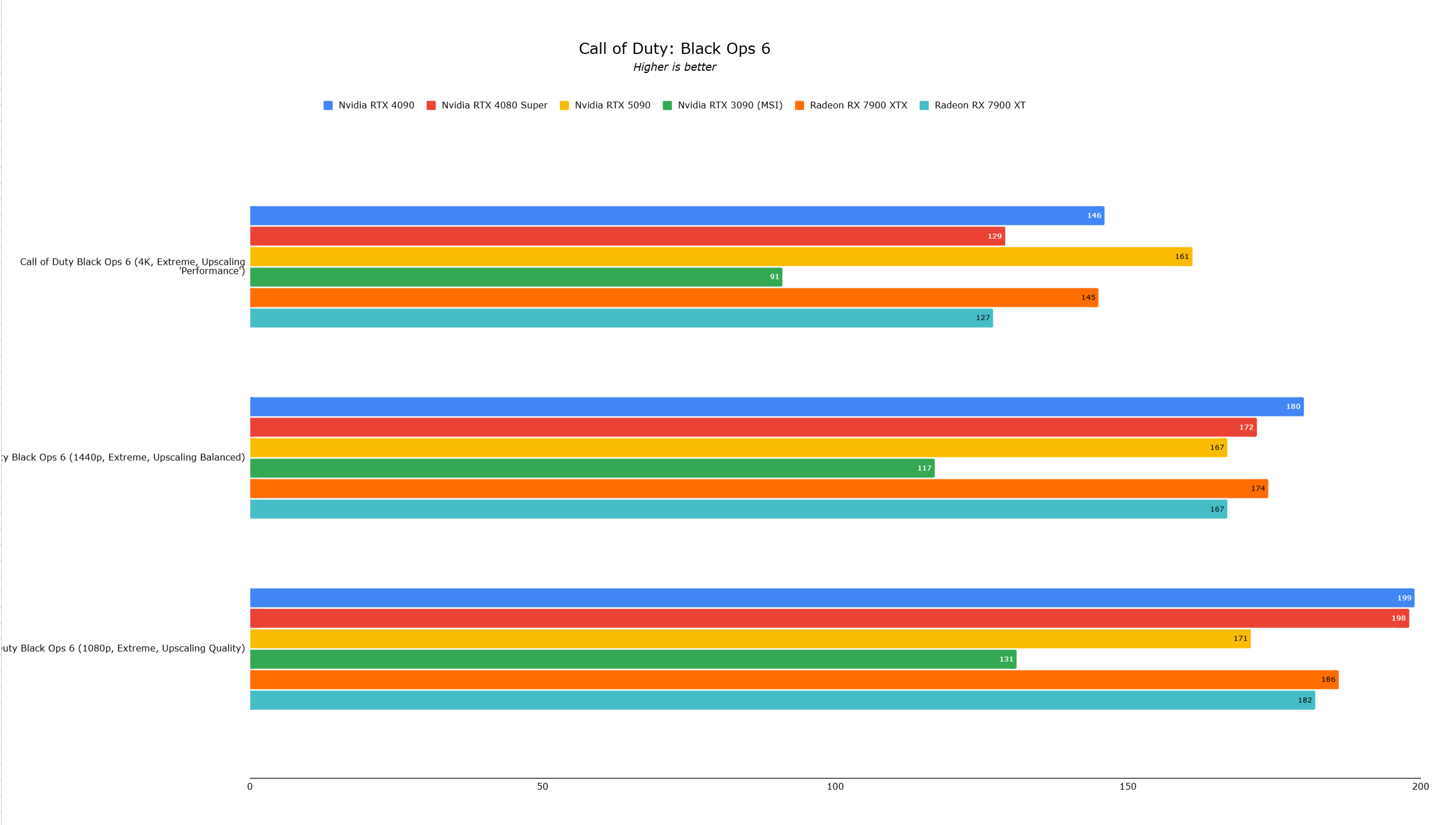
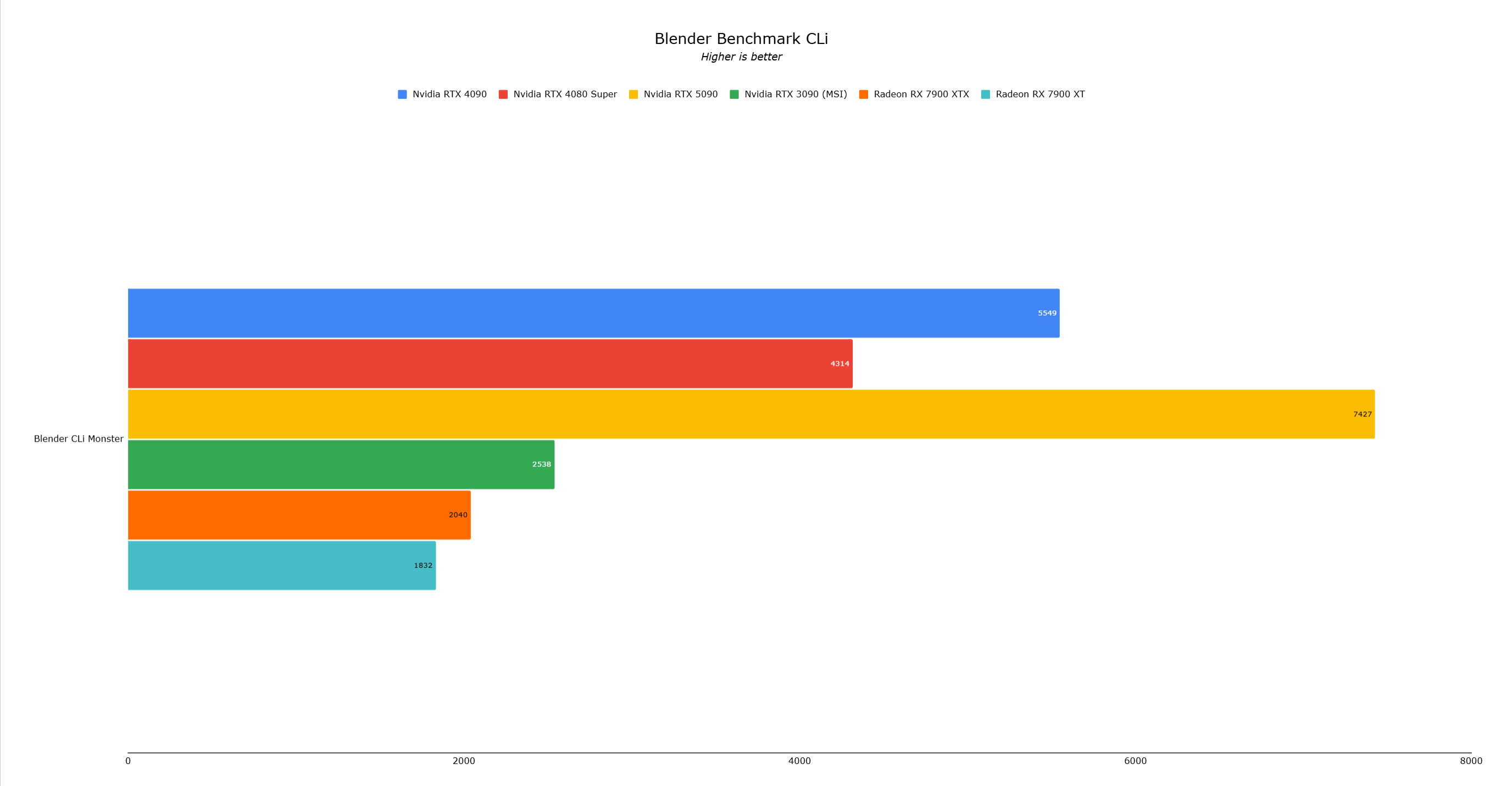 14 Images
14 Images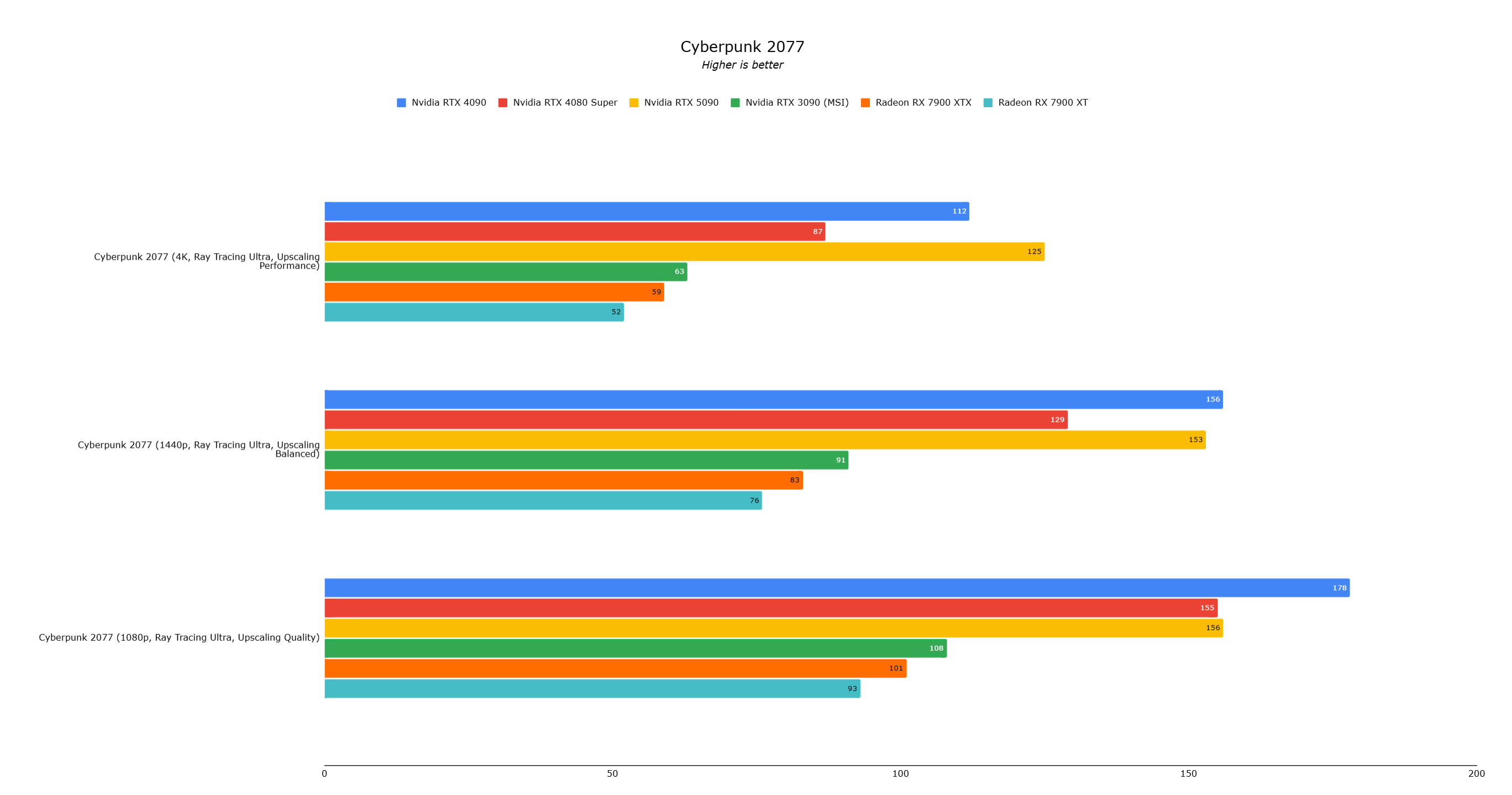
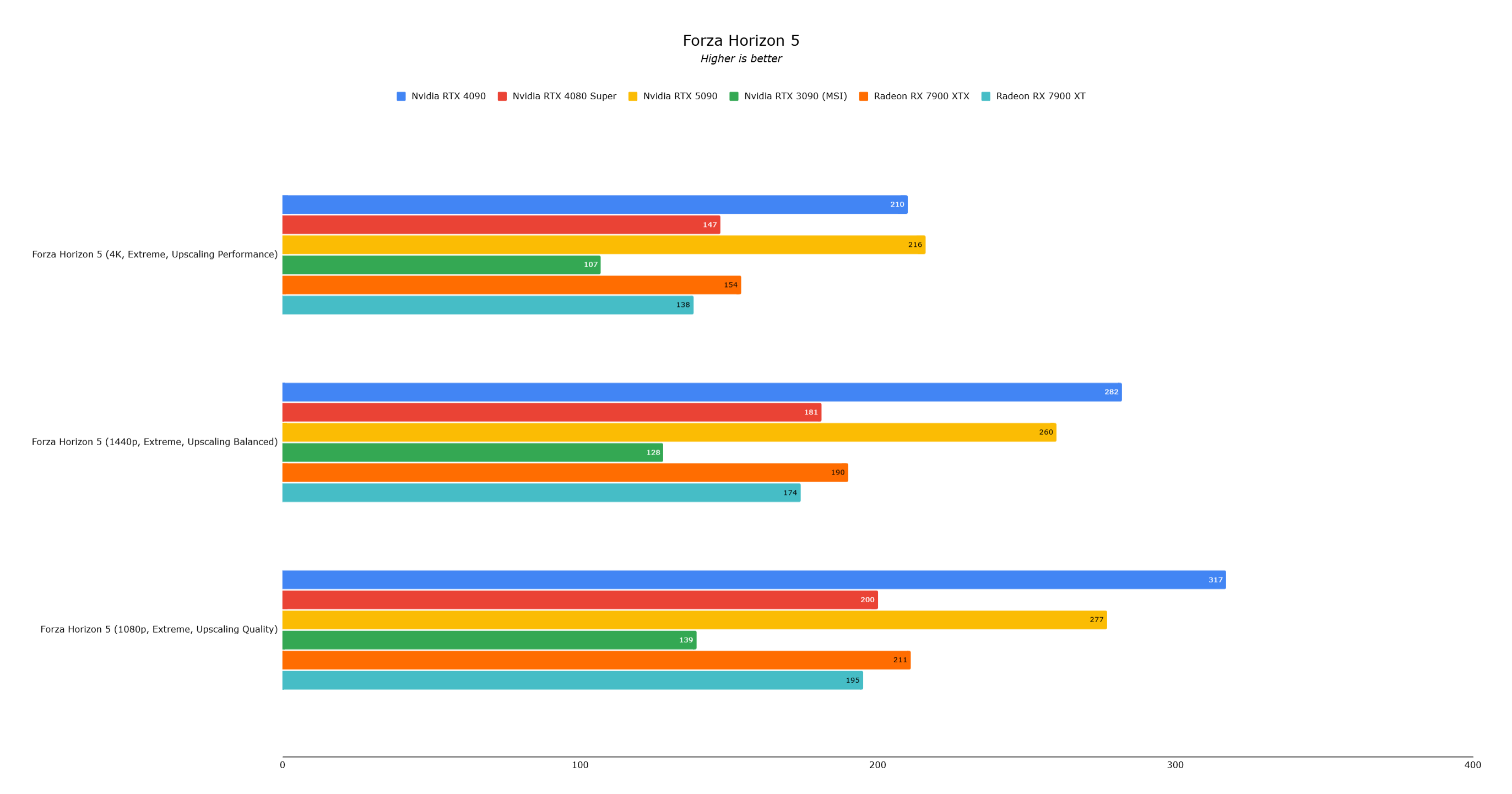
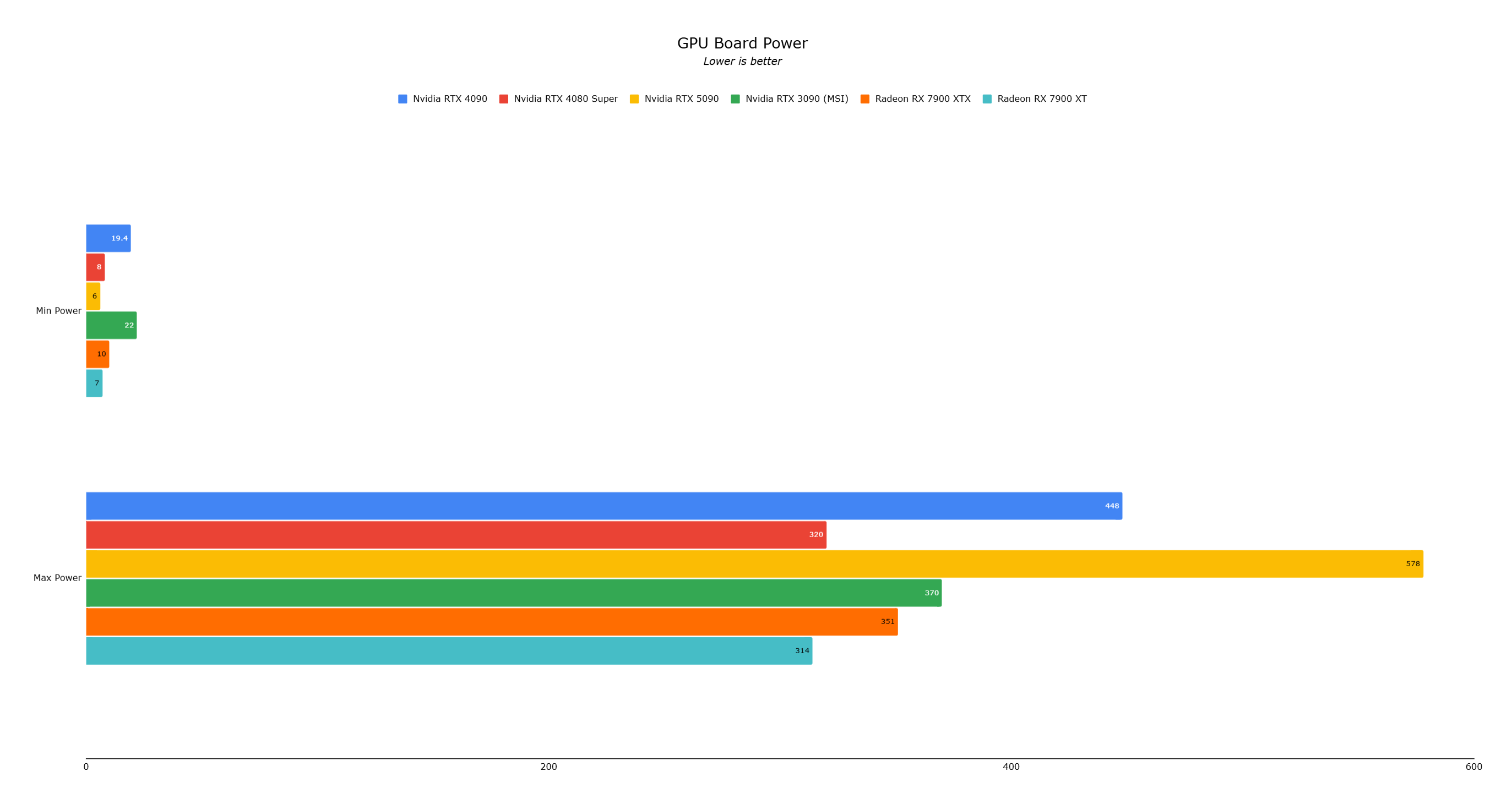
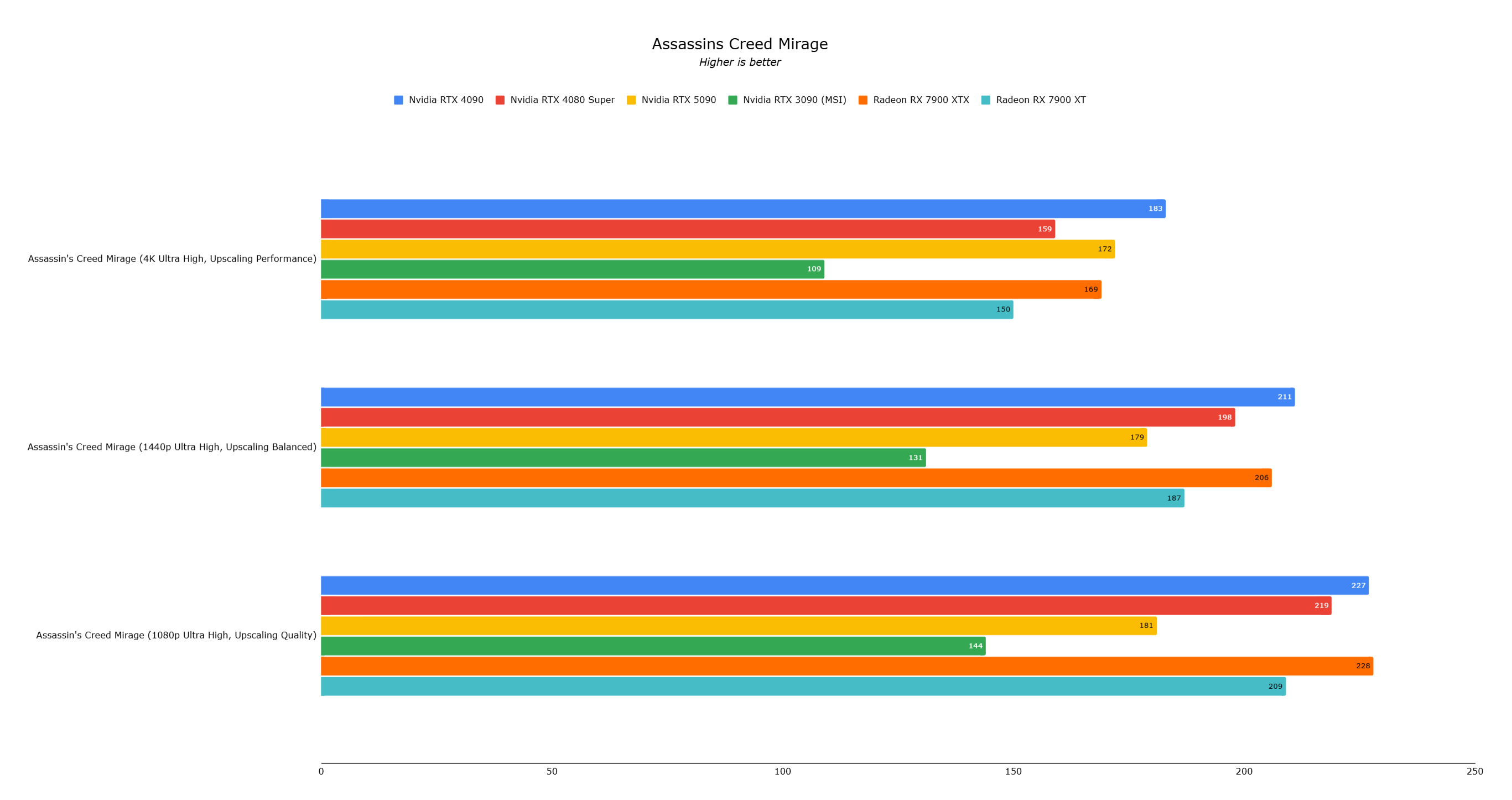
The RTX 5090 is undeniably powerful, currently holding the title of fastest consumer graphics card. However, its performance gains over the RTX 4090 are often modest in existing games due to CPU bottlenecks. Its true potential lies in DLSS 4 and its AI-driven frame generation, making it a compelling option for users with high-end displays and a willingness to embrace AI-enhanced gaming. For others, the RTX 4090 remains a highly capable option for the foreseeable future.
Mobile Legends: January 2025 Redeem Codes Released
Pokemon TCG Pocket: Paralyzed, Explained (& All Cards with ‘Paralyze’ Ability)
Android Action-Defense
Brutal Hack And Slash Platformer Blasphemous Is Coming To Mobile, Pre-Registration Now Live
Pokémon TCG Pocket Is Dropping a Trade Feature and Space-Time Smackdown Expansion Soon
Mythical Island Debuts in Pokemon TCG, Time Revealed
GWENT: Top 5 Decks for 2025 - Strategies Revealed
Marvel Rivals Showcases New Midtown Map

Vô Cực Đại Chiến
Download
Lunch with Ronan mod
Download
Diamond Deluxe Casino - Free Slot Machines
Download
Shopping Mall 3D Mod
Download
Priya’s Awakening
Download
Flight Pilot: 3D Simulator
Download
Flight Pilot: 3D Simulator
Download
L.A. Story - Life Simulator
Download
teen patti travel
DownloadSony Unveils Official PlayStation Wireless Speakers
Dec 24,2025
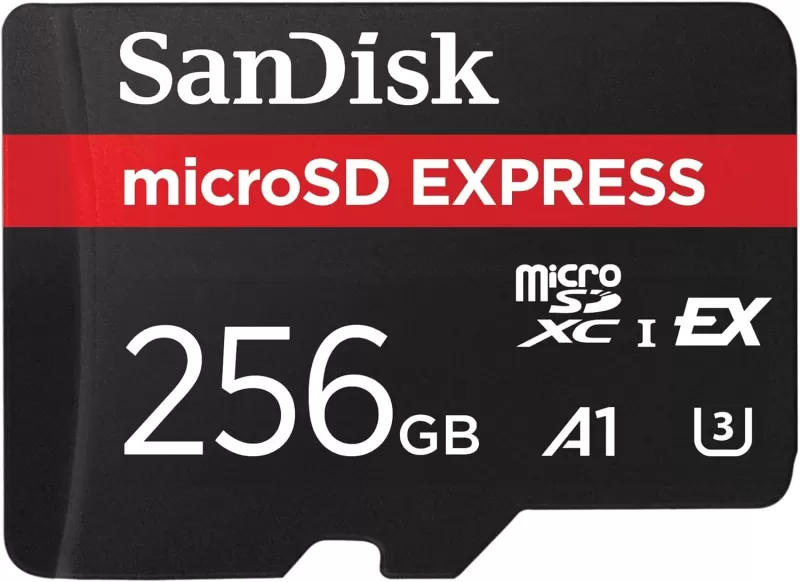
Cyberpunk 2077 to Fill 64GB, a Quarter of Switch 2 Storage
Dec 24,2025

Fallout 76 Unveils New Ghoul-Themed Update
Dec 23,2025

Climate Game Atuel Launches on Android (Note: "Surrealist Documentary" was removed to meet 50-character limit.)
Dec 23,2025

Apple's OLED iPad Pro with M4 Chip Drops in Price
Dec 22,2025